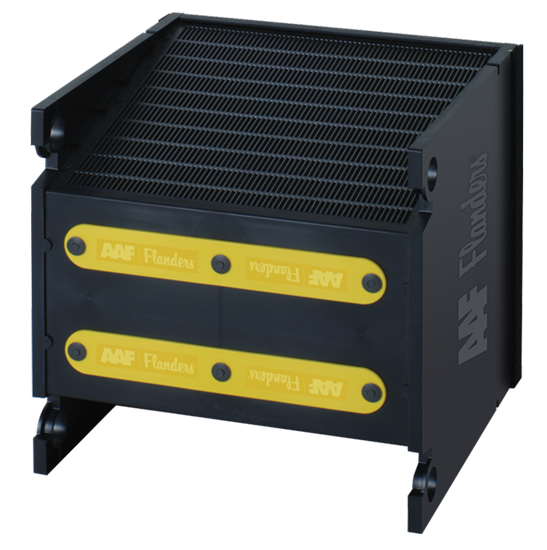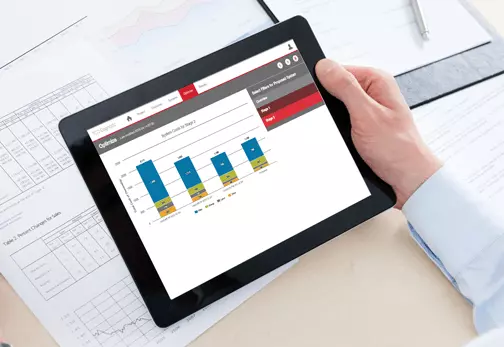Air Filtration For The Pulp & Paper Industry
The pulp and paper industry is a significant and rapidly expanding sector of the world’s economy. This industry encompasses many mills, products, and processes. The paper and pulp industries use a huge number of raw materials such as chemicals, wood, water, and energy which causes a lot of challenges for the environment.
Paper is made through the following processes:
- Pulping
- Refining
- Dilution process
- Formation of fibers on a thin screened
- Pressurization
- Drying
- Finishing procedures
The pulp and paper industry is a significant and rapidly expanding sector of the world’s economy. This industry encompasses many mills, products, and processes. The paper and pulp industries use a huge number of raw materials such as chemicals, wood, water, and energy, which causes a lot of challenges for the environment.
The selection of wood (hardwood, softwood), debarking, and chipping procedures are the basic steps in the paper production process. The gases CO2, CH4, NOx, N2O, SO2, and CO are emitted into the environment during the debarking and chipping of wood.
The pulping process involves mechanical and chemical pulping methods. The pulping process is a key source of gaseous contaminants in pulp and paper mills. Reduced sulfur compounds produce very odorous emissions during the Kraft pulping process.
Sulfur oxides are also emitted in substantial amounts during the sulfite pulping process.
Sulfite mills as recovery furnaces and burners, sulphur oxides (SOx), Kraft operation as reduced sulphur gases and odour problems, wood-chip digestion, spent liquor evaporation and bleaching as volatile organic carbons (VOCs), and the combustion process as nitrogen oxides (NOx) and SOx are the industry’s major air emissions. Ketones, alcohols, and solvents such as carbon disulfide methanol, acetone, and chloroform are all examples of VOCs.
Chlorinated organic compounds are produced and released in considerable quantities during conventional bleaching using elemental chlorine.
The combustion of fossil fuels for raw material production and transportation, wastewater treatment facilities, purchased power, paper transportation, printed product transit, disposal, and recycling are all contributors to greenhouse emissions in the pulp and paper industry.
The pulp and paper industry also emits other significant pollutants into the atmosphere. Particles having a diameter of 2.5 millimetres or less, known as fine particulate matter (PM2.5), can infiltrate the respiratory system and cause serious health problems.
Another issue with the pulp and paper industry is air pollution and gas emissions. The most significant gas emissions are water vapours.
Particulates, nitrogen oxides, volatile organic compounds (VOCs), sulphur oxides, and total reduced sulphur compounds are amongst the pollutants (TRS).
For particulate filtration, several stages of air filtration products are employed to help keep the wood fiber and associated dust to a minimum. The removal of this dust helps ensure the paper quality and the consistent operation of the pulping equipment and paper production machines.
At a minimum, protection of the control room includes pressurization with purified air. This prevents corrosive gases from infiltrating the control room and causing damage. Additionally, recirculated air may require cleaning if the room is a high-traffic area, or if there are other internal sources of contaminants.
Supplemental real-time monitoring, such as AAF’s SAAFShield® Technology, is recommended to enable quick reaction to outdoor events that may introduce corrosive gases into control rooms, as well as monitor odors.
A thorough audit of your air filtration system is the first step that AAF recommends to provide you with professional guidance and analysis for cost savings and liability reduction opportunities. By conducting this audit, we document your current state and advise you on how your facility could perform better, helping you save money, save time, and reduce risk.
Contact your American Air Filter representative to schedule an audit and to find out how the insights from intelligent data tools, including TCO Diagnostic® and Sensor360®, can improve your operational outcomes
Product

SAAF™ Cassette Heavy Duty
Designed for heavy-duty applications, the SAAF Cassette HD overcomes limitations of legacy cassettes by providing better sealing, higher media utilization, and lower pressure drop.
Solutions

Complete Filter Analysis: Air Filtration Audit
A thorough air filter audit of your HVAC systems is the first step that AAF takes, in order to provide you with HVAC energy analysis for cost savings. In this way, we identify how your filtration system can optimally perform. Contact us to find out more about lowering your HVAC cost.

Total Cost of Ownership Made Clear: TCO Diagnostic®
TCO Diagnostic, which is customized to your HVAC total cost of ownership, provides a clear insight into the optimal filtration options and tailors to your demands for a full clean air solution – enhancing air quality, energy savings, and operational flexibility while lowering your life cycle costs.
Contact: +91 944 875 1680
Website: https://www.aaf-india.com/contact/

